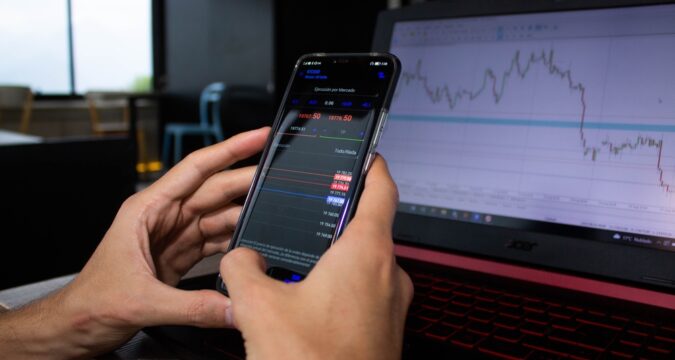
Short selling, margin trading, and leveraged trading are all methods of trading cryptocurrencies. All these are common methods, yet today, this guide will be about Margin trading as it is a highly rewarding trading endeavor.
Despite the unpredictability and volatility of the cryptocurrency market, skilled margin investors may profit from price swings in markets that are both bearish and bullish, and hence, it’s pivotal that you have a thorough understanding of it.
How does margin trading work, however, and what is it? Learn the ins and outs of cryptocurrency margin trading through this guide, so keep reading.
What Is Margin Trading?
Margin is the process of borrowing funds from an intermediary, which is often a brokerage firm, against a portfolio of assets that meet certain criteria. When you invest with a cash account, you use your own money, but when you use a margin account, the brokerage lends you money against your assets.
It’s very similar to getting loans from banks and investing them elsewhere to make money.
However, margin trading also carries risks, such as the possibility of losing more than your initial investment if the asset price goes against you. It’s important to understand the risks and have a solid trading strategy before engaging in margin trading.
How Does It Work?
By borrowing funds from their broker, investors may engage in a practice known as “margin trading” and so increase their purchasing power when buying stocks.
A broker’s margin loan substantially doubles or even triples a customer’s buying power, allowing them to buy a greater number of shares than they otherwise could.
Margin accounts are specialized financial instruments that are used for margin trading. Cash accounts allow traders to make purchases directly from their account balances.
In contrast, a margin account requires you to put up cash as security in exchange for a loan that may then be used to buy assets. The remaining balance of the investment’s purchase price may be paid using the loan. If you put in $5,000, for instance, you’d have access to a $10,000 investment limit.
There will be interest fees associated with the loan you take out via the broker. Your loan is going to be repaid in full out of the profits of any sale of securities, and any excess will be yours for personal use.
Margin trading may magnify profits as well as losses alike due to the amplification effect of using borrowed cash to make purchases.
Pros and Cons of Margin Trading
One of the benefits is the ability to improve your returns on investments when the purchasing power of your bitcoin holdings rises via margin trading. When buying digital currencies on margin, for example, certain exchanges may let you lend as much as fifty percent of the asset’s purchase price.
When the market is rising, you may diversify your holdings without having to sell any of your assets, thanks to the advantages of margin investing.
Interest payments and less leeway for future income are only two of the hazards associated with trading on margin. The potential for a margin call, in which the account holder must make additional payments or sell assets to repay marginal financing, is a major threat.
It is possible to lose all of your invested funds if you engage in margin trading if the market for your assets has fallen too much. Margin trading is likewise financed by borrowing money, which results in interest and other trading fees that are sometimes very heavy on investor’s pockets.
Therefore, Inexperienced traders and casual investors should avoid margin trading at all costs.
Closing Remarks
Margin trading in cryptocurrencies, such as Bitcoin, although potentially lucrative, does carry with it certain serious dangers that should not be disregarded. Before contemplating margin trading as an investing strategy, nevertheless, it is essential to have a firm grasp of the subject’s basics and be a seasoned trader. Once you know the system, you can definitely use marginal trading to your benefit to maximize your profits.




